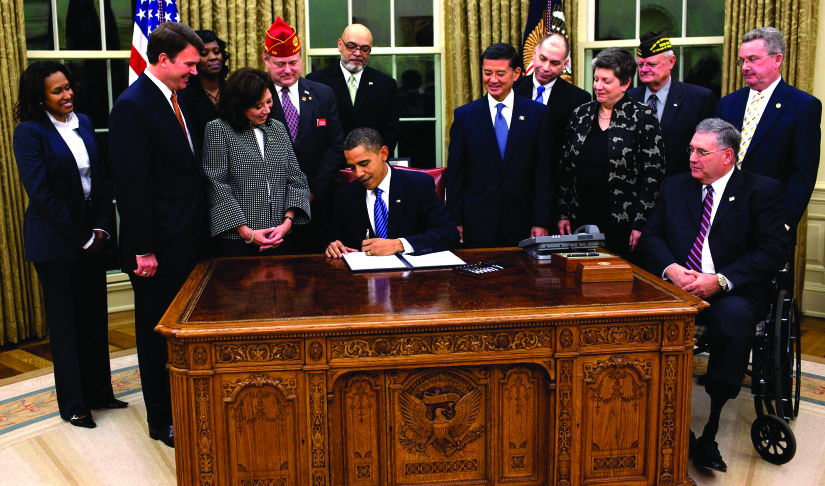| << Chapter < Page | Chapter >> Page > |
In addition to being thoughtful and generally stable, public policy deals with issues of concern to some large segment of society, as opposed to matters of interest only to individuals or a small group of people. Governments frequently interact with individual actors like citizens, corporations, or other countries. They may even pass highly specialized pieces of legislation, known as private bills, which confer specific privileges on individual entities. But public policy covers only those issues that are of interest to larger segments of society or that directly or indirectly affect society as a whole. Paying off the loans of a specific individual would not be public policy, but creating a process for loan forgiveness available to certain types of borrowers (such as those who provide a public service by becoming teachers) would certainly rise to the level of public policy.
A final important characteristic of public policy is that it is more than just the actions of government; it also includes the behaviors or outcomes that government action creates. Policy can even be made when government refuses to act in ways that would change the status quo when circumstances or public opinion begin to shift.
Governments rarely want to keep their policies a secret. Elected officials want to be able to take credit for the things they have done to help their constituents, and their opponents are all too willing to cast blame when policy initiatives fail. We can therefore think of policy as the formal expression of what elected or appointed officials are trying to accomplish. In passing the HCERA (2010), Congress declared its policy through an act that directed how it would appropriate money. The president can also implement or change policy through an executive order, which offers instructions about how to implement law under his or her discretion (
[link] ). Finally, policy changes can come as a result of court actions or opinions, such as
Brown v. Board of Education of Topeka (1954), which formally ended school segregation in the United States.


Notification Switch
Would you like to follow the 'American government' conversation and receive update notifications?